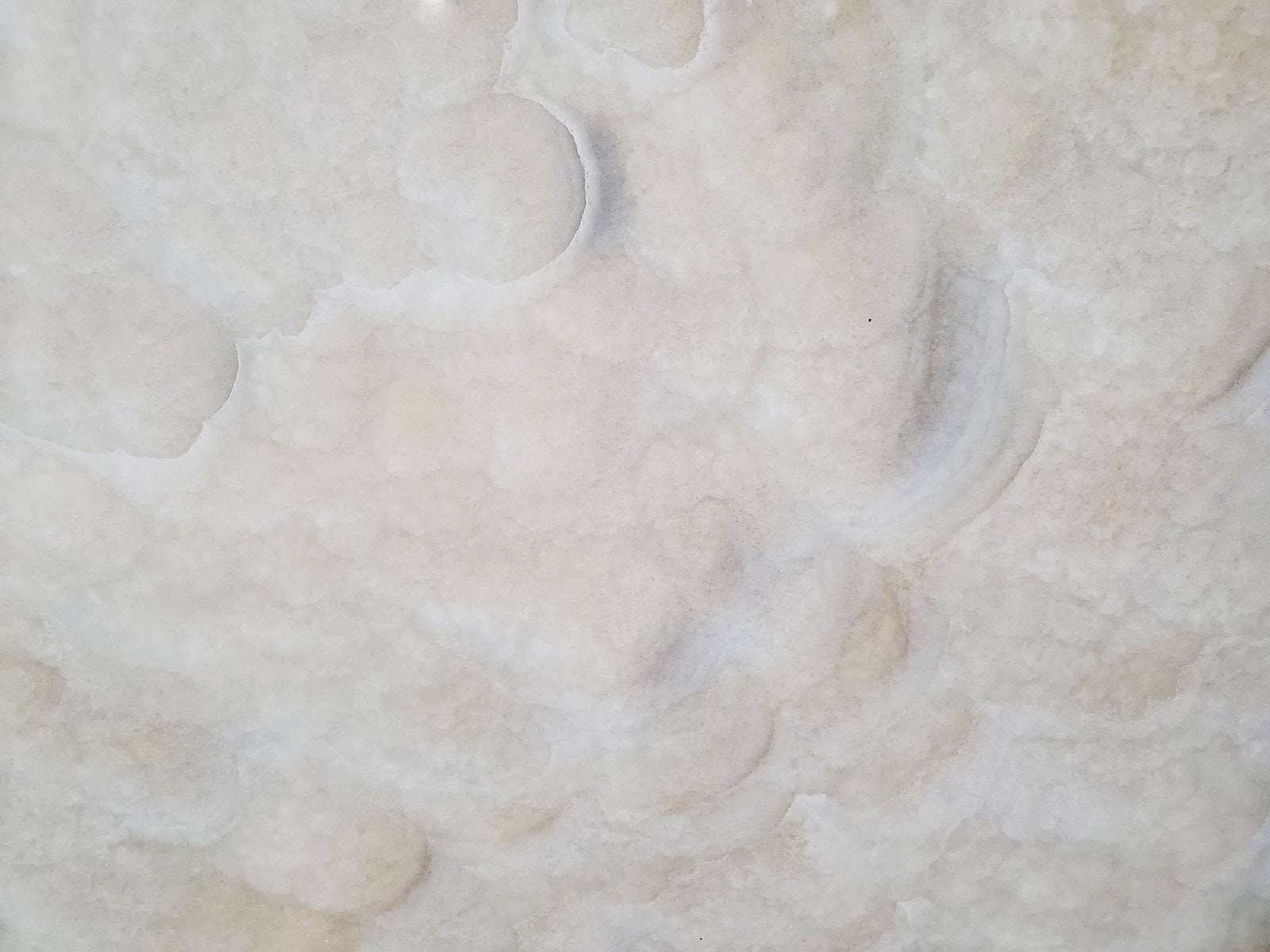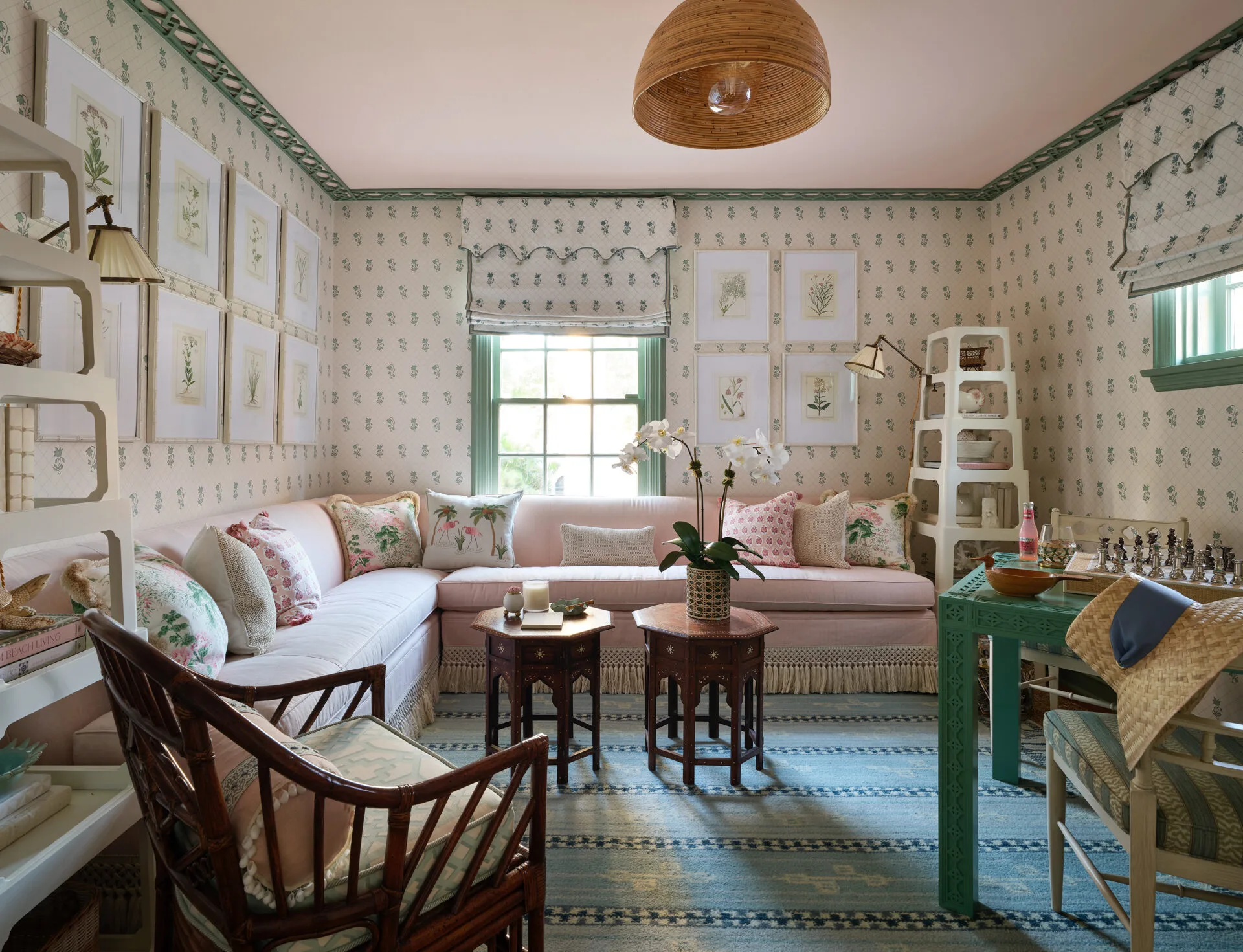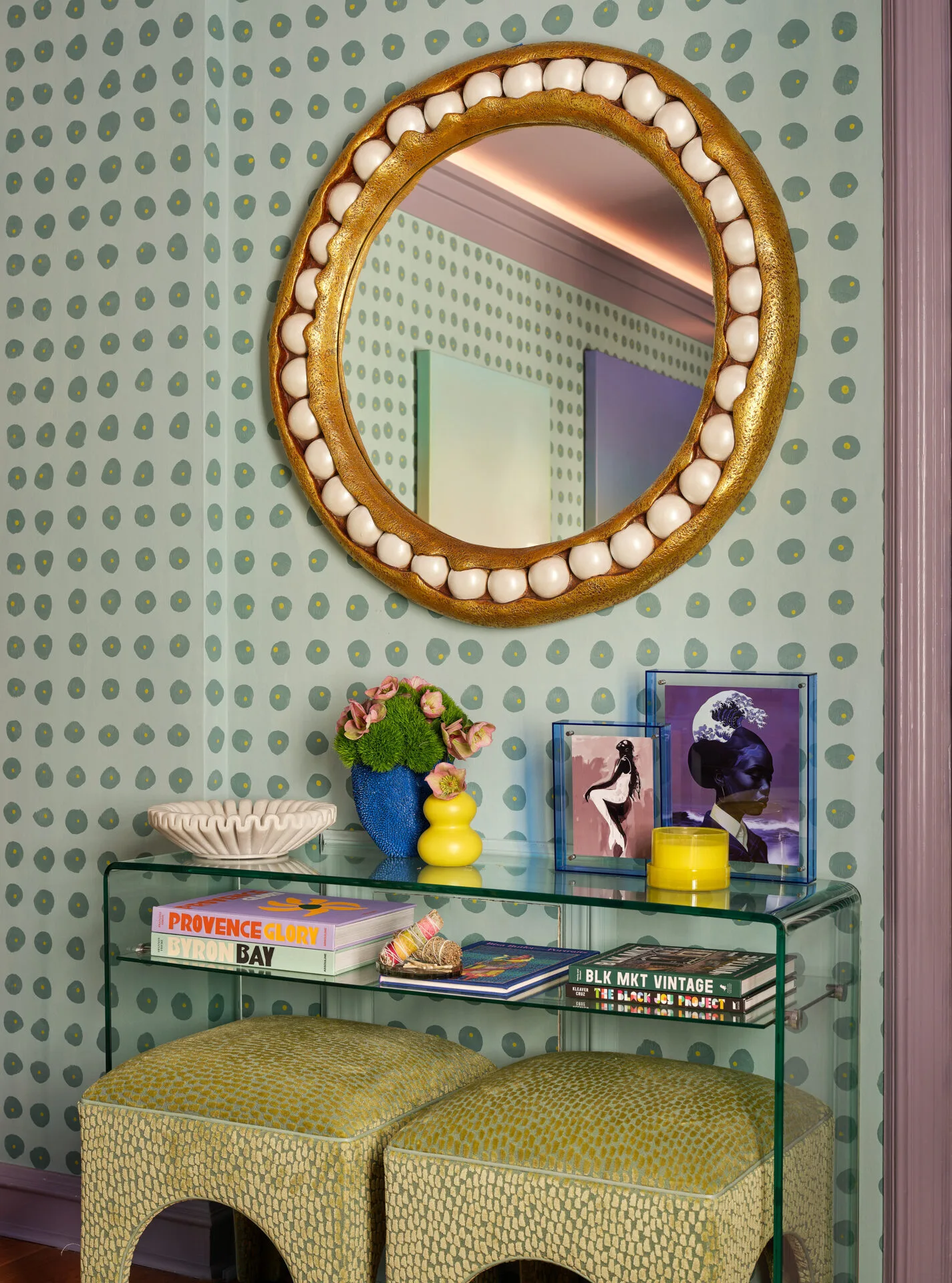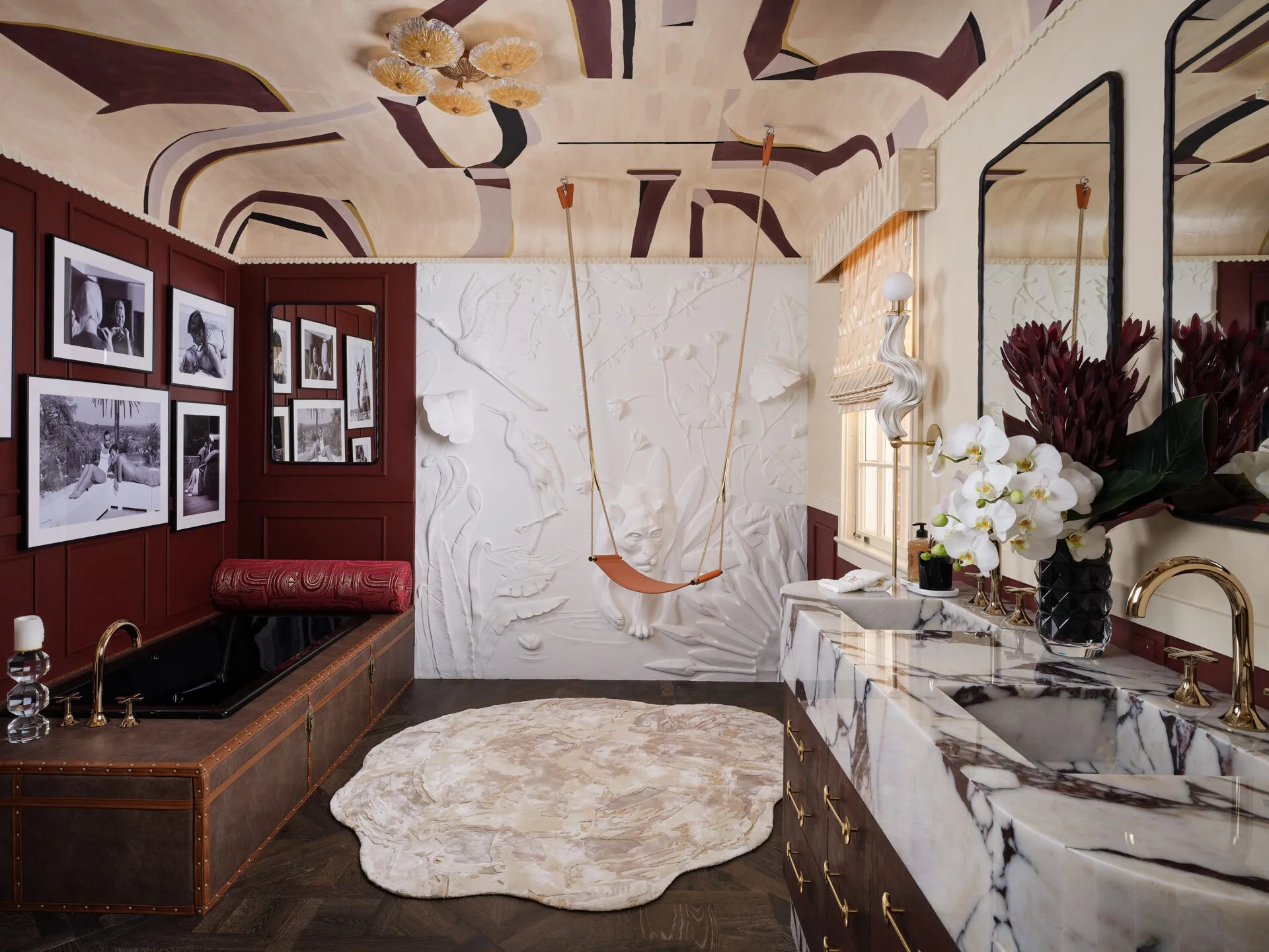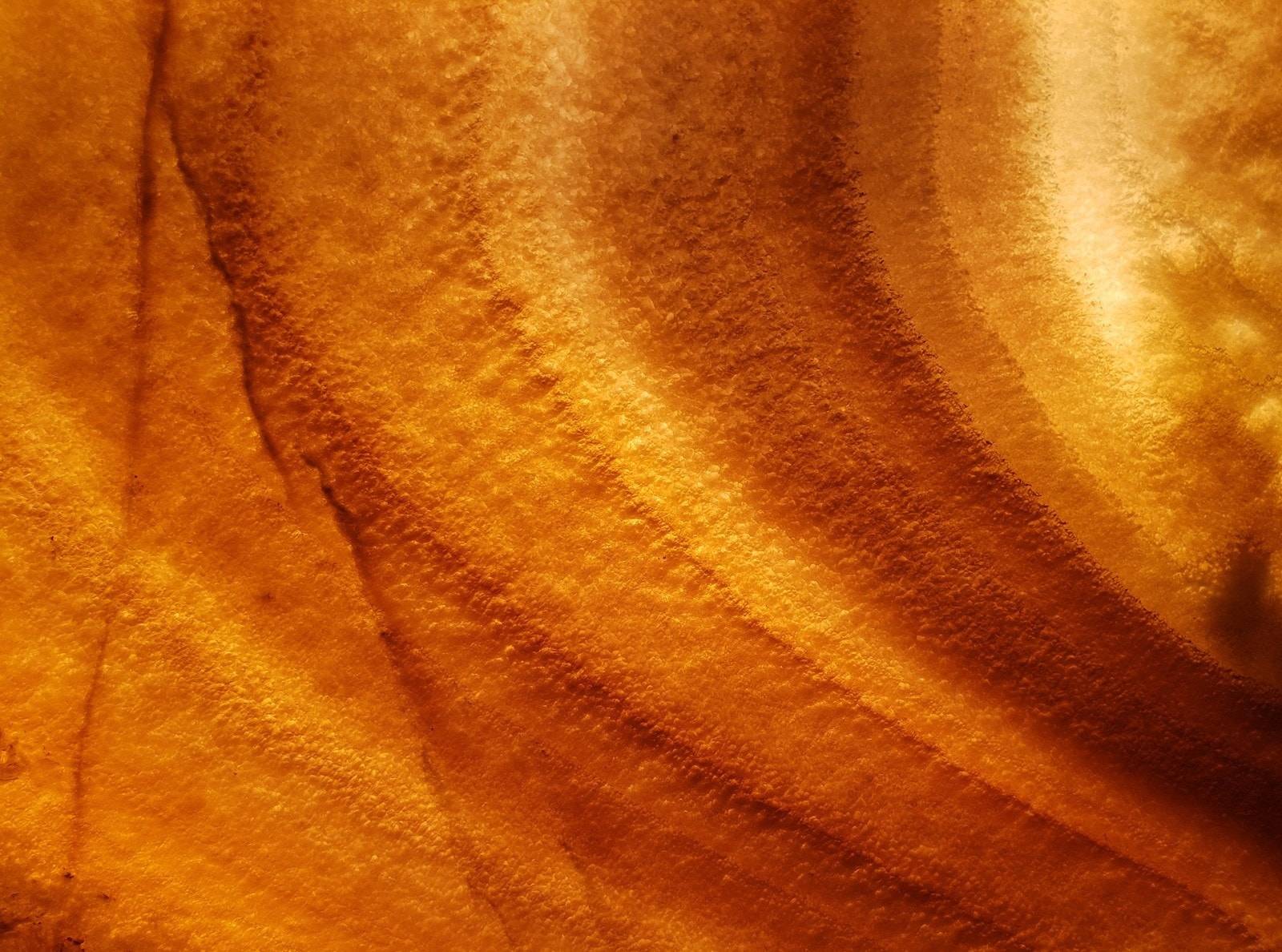
What is Onyx?
Onyx is simply the most precious looking stone used in the stone industry. Have you ever seen it used as a back-lit wall? Onyx can truly transform any place.
History of Onyx
In contrary to the development of marble, granite, and quartzite in the depth of the earthʼs crust, onyx is formed right on the surface. Namely, when spring or groundwater that are rich in calcite emerge from the depth of the earth to the surface, the minerals sink into the ground building a layer of calcite crystals. Pure calcite is white or clear but even tiny amounts of other minerals give it variations of colors. The differentiation in color between the sheets are created by the flow rate of the water and the amounts of impurities. For example, iron oxide tints the stone in its most common delightful honey color.
Thousands of years of deposits reveal the flowing layers of this luxurious sediment.
Thousands of years of deposits reveal the flowing layers of this luxurious sediment.
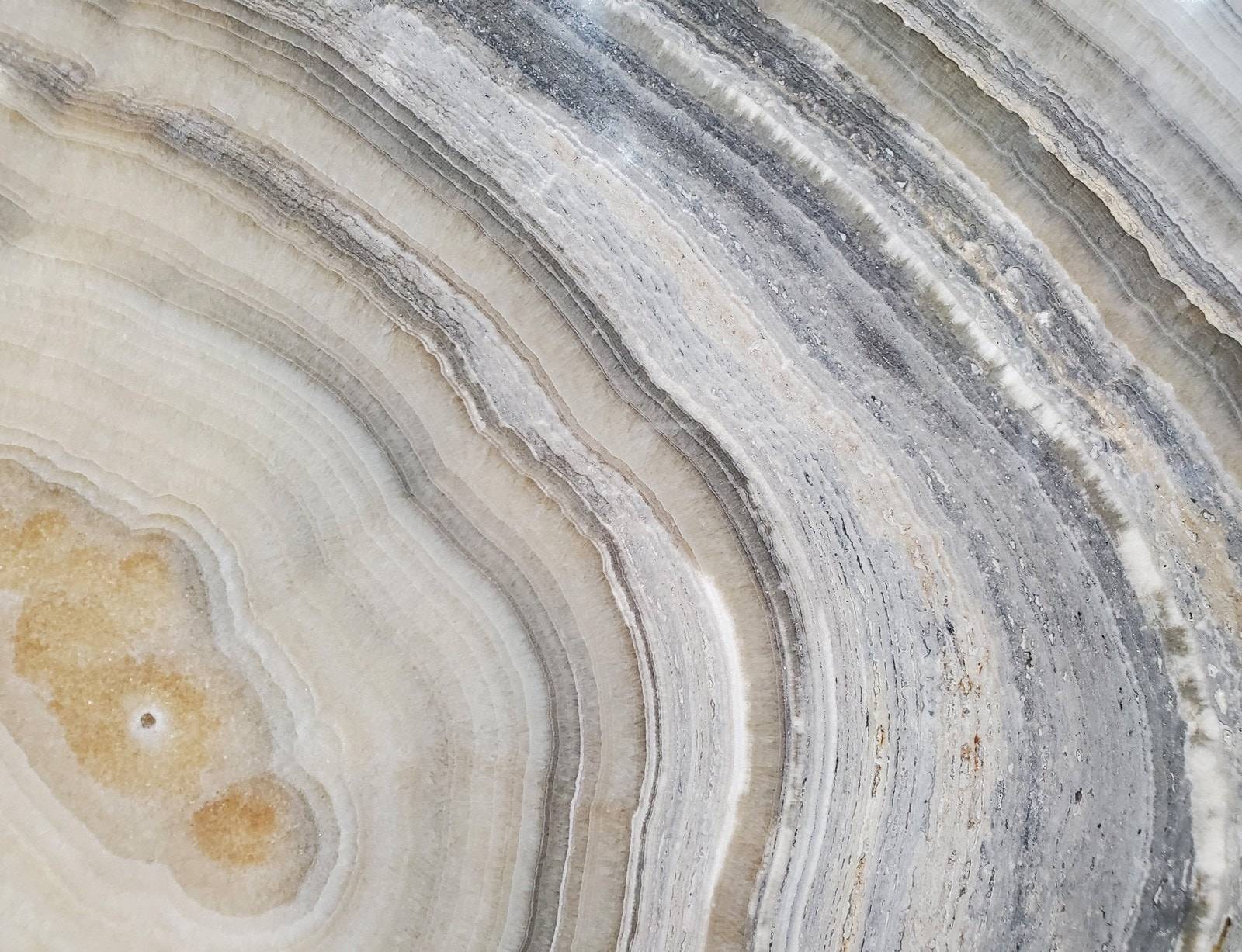
Properties of Onyx
The most appealing visual quality of Onyx is its translucence and unique, otherworldly patterning. There are waves, circles, clouds and swirls of cream, honey, silver, light blue, ivory, amber, dark cognac, and even green. When light passes through the stone it radiates a soft, ethereal light making it a dramatic backsplash or a back-lit wall. Onyx is used to create wonderful design elements, such as accent tiles, as the great variety of available shades can match any color scheme.
Onyx is also brittle and soft. In most cases, a backing of fiberglass mesh material is used to support its integrity. Onyx does not tolerate heat well, and even though it is naturally resistant to bacteria due to its smooth surface, it is rather unsuitable for countertops. Because of its high cost and unique applications, onyx can increase the value of your home.
Onyx is also brittle and soft. In most cases, a backing of fiberglass mesh material is used to support its integrity. Onyx does not tolerate heat well, and even though it is naturally resistant to bacteria due to its smooth surface, it is rather unsuitable for countertops. Because of its high cost and unique applications, onyx can increase the value of your home.

Onyx Care
Onyx has all the looks, but it is a calcite, which make it a rather high maintenance material. This soft and brittle stone reacts to acid and will etch easily. It is strongly
